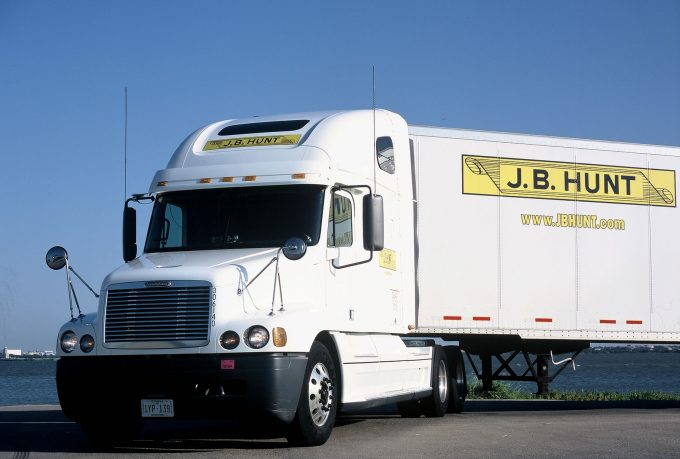DSV completes DB Schenker buy as it notes strong Q1 performance by Air & Sea
Danish 3PL DSV formally completed its €14.3bn ($16.3bn) acquisition of German peer DB Schenker today, ...

JB Hunt is widely recognised in North America as one of the best-managed freight companies in the region – proved, once again, in the preliminary fourth-quarter and annual results the US trucking and brokerage firm released last week.
The details can be found at the link above, ...

Comment on this article